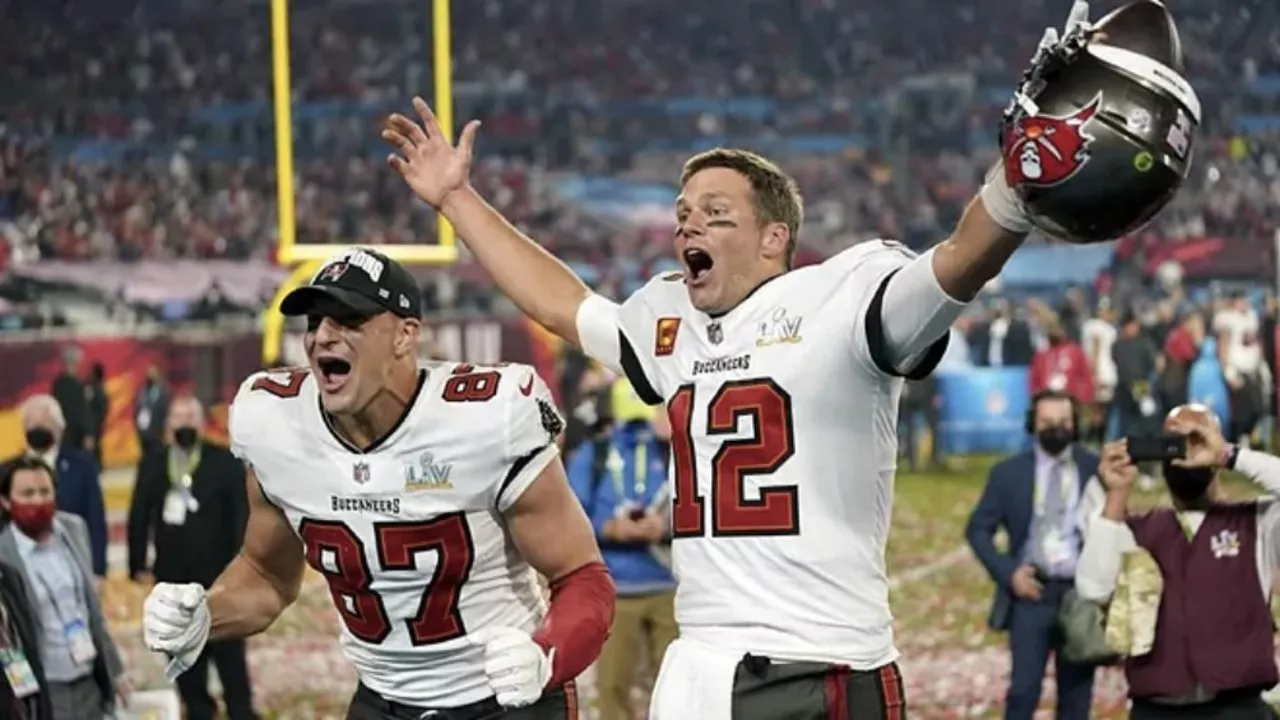Retirement in Sports: Guides, Stories & Insights
When talking about Retirement, the point when a professional athlete ends regular competition. Also known as career end, it signals a shift toward new roles, financial planning, and legacy building. This page pulls together the most useful angles on that shift, so you know what’s at stake when a player hangs up the boots.
How an Athlete Career Sets the Stage
An Athlete career, the years a player spends training, competing, and building a reputation frames every retirement decision. A long, injury‑free run often means a higher market value for post‑career options, while a career cut short by injuries forces an earlier exit. Understanding the length and quality of that career helps fans see why some stars retire at 30 and others keep playing past 40.
When a player’s contract expires, the terms of the Sports contracts, the legal agreements that outline salary, bonuses, and guarantees become a key factor. Guaranteed money can keep a veteran on the payroll even if they stop playing, while non‑guaranteed deals may push a team to cut ties sooner. That financial side of retirement often dictates whether a player can afford a graceful transition.
Retirement also requires financial planning. A sudden loss of regular income means athletes must rely on savings, endorsement deals, or new jobs. Those who plan early can invest in businesses, media work, or coaching positions, while those who wait may scramble for short‑term gigs. Smart money moves can turn a post‑sport life into a thriving second career.
Many former players find a new purpose in Coaching, the role of guiding younger talent on and off the field. Coaching lets them share hard‑earned lessons, stay connected to the game, and often earn a steady paycheck. It also helps clubs retain institutional knowledge, which can boost team performance for years.
Another common path is building a Player legacy, the lasting impact a player leaves on fans, teammates, and the sport itself. Legacy work can include charity foundations, youth academies, or media commentary. A strong legacy not only honors the athlete’s achievements but also opens doors for future business or speaking opportunities.
Injuries often act as the hidden driver behind retirement timing. A recurring knee problem or a concussion history can force a player to call it quits sooner than they’d like. Clubs monitor medical reports closely because an injury‑driven retirement can affect roster planning and salary cap management.
Retirement encompasses post‑career transition, which includes everything from learning new skills to redefining personal identity. Athletes who treat retirement as a new chapter—rather than an end—tend to adjust faster and find more satisfaction in their next steps.
Fans also play a role. Their support during a player’s final season can make the farewell feel like a celebration rather than a loss. Social media tributes, stadium chants, and community events help both the athlete and the fan base close the chapter on a high note.
Below you’ll find a mix of news, analysis, and personal stories that dive deeper into each of these angles. Whether you’re curious about how a star’s contract shaped their exit, what a retired player is doing now, or how clubs plan around inevitable retirements, the collection ahead has you covered.
